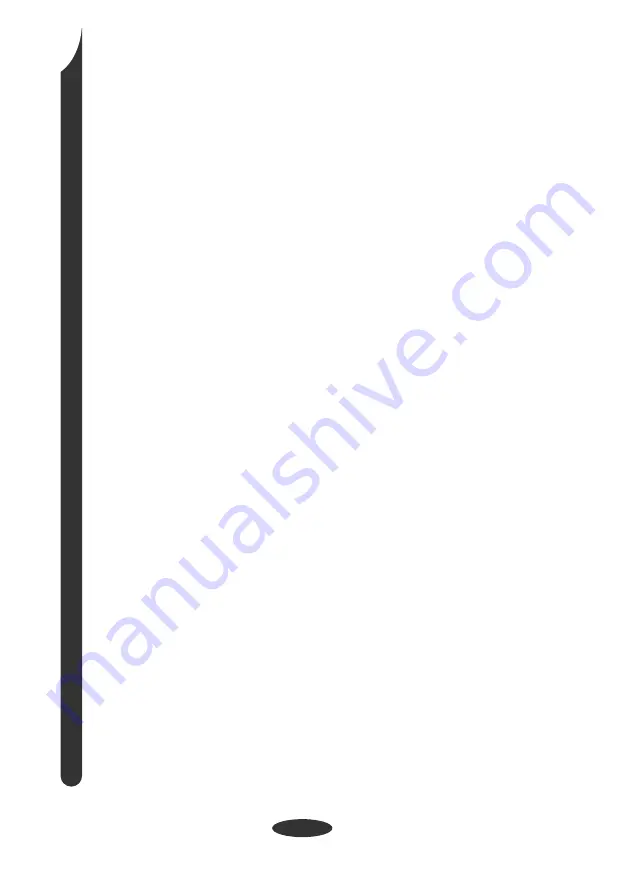
As we believe the OCTANE is a special wing, Robbie Whittall thought
he should add some comments about how to make the most of your
glider...
The OCTANE has been designed to give the ultimate flying experience. It
has all the performance to satisfy most experienced pilots’ needs coupled
with all the enjoyment of a wing that is sweet to handle.
The OCTANE has benefited from 700 hours of development, many of them
in the harsh Himalayan conditions that we found during our expedition to
Nepal while filming for the BBC. A lot of this development went into
ensuring that the glider kept its great flying characteristics whilst performing
well under DHV test procedures.
The added benefit of DHV2 safety makes the OCTANE one of OZONE' S
best and most fun gliders to date.
Take-off
The glider has been designed to have easy take-off characteristics.
For forward launching we recommend the A-lines to be just tight. If you then
accelerate smoothly the wing will steadily and easily climb above you with
minimum brake damping required. The glider does not respond as well to
snatch launching : even in light tail wind conditions we recommend A-lines
to be just tight.
For a good reverse launch it is important to remember to be smooth with
your inputs. Pulling too hard will cause the glider to overshoot, as with any
glider. Remember that walking under the glider as it inflates will make the
inflation easier to control.
Turning and thermalling behaviour
The OCTANE has lovely precise handling and does not need massive
amounts of brake to make a normal turn. In order to safely understand and
make the most of the exceptional handling we advise that during your first
flights you should concentrate on making smooth and coordinated inputs.
To initiate smooth turns, weight shift in the desired direction and gradually
apply the appropriate brake. The glider will bank progressively according to
your level of input, by applying a little outer brake it is easy to adjust the
bank angles and radius of your turn.
The further the brake is applied the more pressure you will feel. There is a
definite point at which it is difficult to apply more brake due to the pressure.
This is a safety indicator to help avoid entering into a spin.
The OCTANE can be flown very efficiently with weight shift and during thermalling
we have found this to be the best method to maximise thermal performance.
OCT
ANE FL
YING TIPS... OCT
ANE FL
YING TIPS... OCT
ANE FL
YING TIPS...
14
Summary of Contents for OCTANE
Page 1: ...OCTANE PILOT S MANUAL ...
Page 2: ......
Page 4: ......
Page 6: ......
Page 25: ...DHV CERTIFICATE OCTANE M 19 ...
Page 26: ...DHV CERTIFICATE OCTANE L 20 ...
Page 27: ...DHV CERTIFICATE OCTANE XL 21 ...
















































